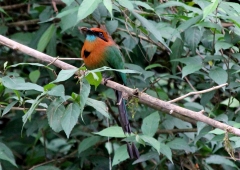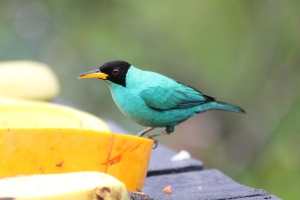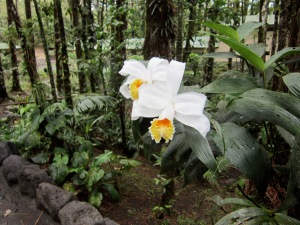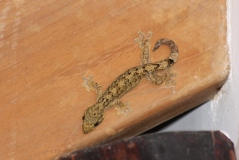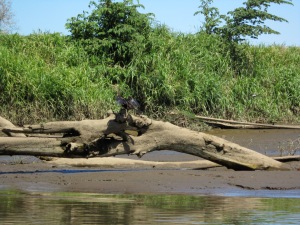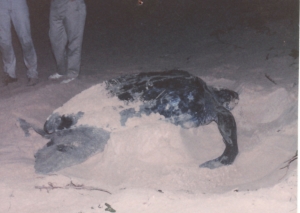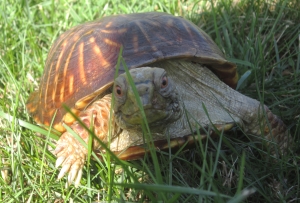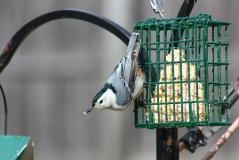2014 marked a major milestone for Teaching Creatures. In February, we celebrated 10 years of providing live animal programs to southern New England! It was an exciting year: we re-visited several schools, libraries and families we have served for many years—a great honor—and also presented at many new libraries and schools, which was a delight as well.
We also adopted some new animals in 2014, namely Norbert and Smaug, the bearded dragons, and two Guinea pigs, Penelopy and Hadley.
It is always a joy to welcome new critters into the family, even if it’s for a short time. In September, Smaug found a new home at The Greenburgh Nature Center in Scarsdale, NY and sadly, Penelopy came to us with some health issues she could not overcome, and she passed shortly after coming to live with us. We miss them both, but are having lots of fun with Norbert and Hadley.
In the spring, we said goodbye to interns Kaitee and Jade as they ventured on to new and exciting things, but welcomed Emma and Anna in the fall, and continue to enjoy working with Kal. I can’t say enough how wonderful it is to have the help of these talented young animal enthusiasts.
On a personal note, in November we welcomed Emmet into our feline family—a ten week old Maine Coon kitten who has given us, and his older brother Bolt, hours of love and amusement.

Emmet, our new baby
Emmet’s unbounded joy made it a little easier for us to say goodbye to Small, our sweet 19-year-old cat, later that month. Small was the last of our older cats, and sharing our home with two youthful, spirited kitties again certainly keeps us on our toes!

Small last Christmas Eve, December 2013
In the coming weeks, we look forward to making room for Roz, an eight year old African bull frog, formerly known as Mrs. Chubbs. Stay tuned for more!
























